Results
-
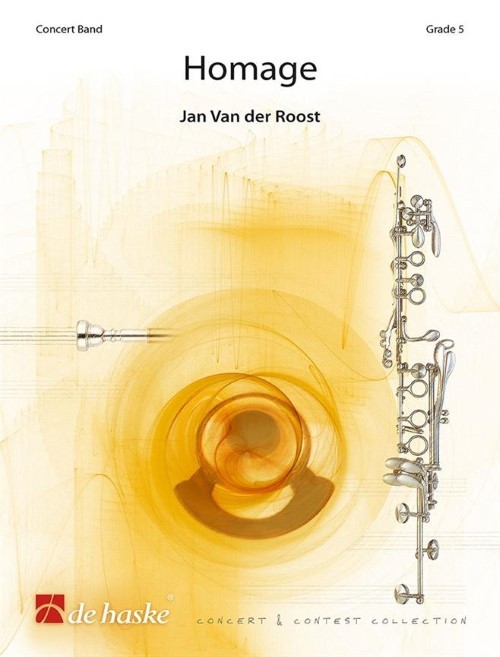 £109.99
£109.99Homage (Concert Band - Score and Parts) - Van der Roost, Jan
In the most literal sense: a piece for an occasion. The actual occasion was Jan de Haan's twentieth anniversary as a conductor of the top Dutch brass band, "Soli Deo Gloria" (Leeuwarden). To mark the occasion, the band commissioned the Belgian composer Jan Van der Roost to create a surprise piece: without knowledge of the person being celebrated, a suitable source of inspiration was sought for. After some thought the chorale-theme from Camille Saint-Sans organ symphony was chosen, a piece with which Jan de Haan has a special bond. Apart from this chorale, Homage is also based on the names of notes taken from 'Jan de Haan' and 'Soli Deo Gloria', resulting in the tone row: DEGAH. Both elements are combined together and form a grand climax towards the end of the piece when the whole band unites in the Saint Sans' theme.Duration: 5:30
Estimated dispatch 7-14 working days
-
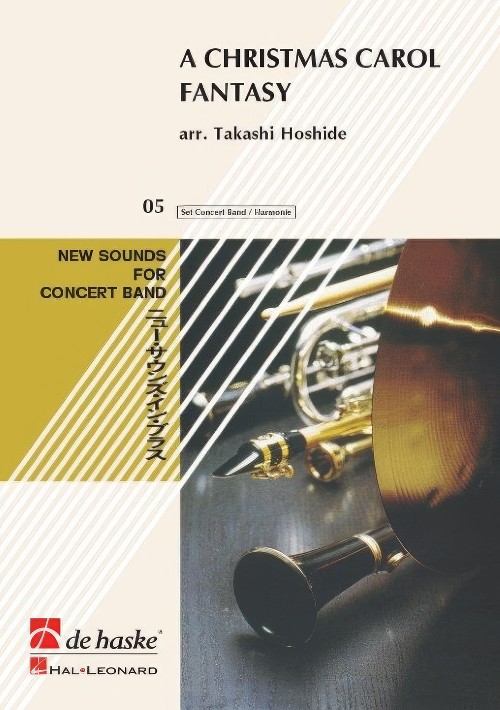 £118.99
£118.99A Christmas Carol Fantasy (Concert Band - Score and Parts) - Hoshide, Takashi
A fantastic medley for concert band, with optional organ part and optional electric or acoustic guitar, of no fewer than seven of the best-loved Christmas carols of all time. You will hear the delights of O Come All ye Faithful, Joy to the World, The First Noel, Deck the Halls, Hark the Herald, O Tannenbaum and O Little Town of Bethlehem all given that special something that is present in all publications from the 'New Sounds for Concert Band' series. An ideal piece to either open or bring to a close your Christmas concert.Duration: 7:30
Estimated dispatch 7-14 working days
-
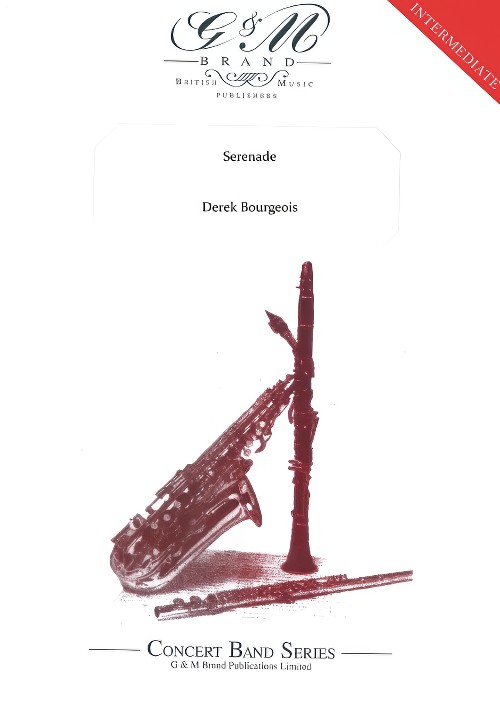 £59.95
£59.95Serenade (Concert Band - Score and Parts) - Bourgeois, Derek
Delight listeners with this lighthearted work. Bourgeois, Derek wrote the Serenade for his own wedding, to be played by the organist as the guests left the ceremony. Not wishing to allow them the luxury of proceeding in an orderly 2/4, the composer wrote the work in 11/8, and in case anyone felt too comfortable, he changed it to 13/8 in the middle! The work has now been released in a number of different orchestrations of the original version for organ.
Estimated dispatch 7-14 working days
-
 £11.95
£11.95Serenade (Concert Band - Score Only) - Bourgeois, Derek
Delight listeners with this lighthearted work. Bourgeois, Derek wrote the Serenade for his own wedding, to be played by the organist as the guests left the ceremony. Not wishing to allow them the luxury of proceeding in an orderly 2/4, the composer wrote the work in 11/8, and in case anyone felt too comfortable, he changed it to 13/8 in the middle! The work has now been released in a number of different orchestrations of the original version for organ.
Estimated dispatch 7-14 working days
-
 £23.99
£23.99Introitus (SATB Choral Octavo - Pack of 25) - De Haan, Jacob
The Latin word "Introitus" means 'entry'. Originally, this was a psalm sung to accompany the entrance of a bishop, priest or celebrant into the church. Later it was incorporated into the mass with alternating sung and spoken text, reflecting the mood of the liturgy. Jacob de Haan's Introitus, in which he has arranged the hymns Puer natus est nobis and Lobt Gott, Ihr Christen alle gleich, is a wonderful introduction to the Christmas season and can be performed with any instrumental combination with mixed choir and organ ad libitum. Duration: 4:00
Estimated dispatch 7-14 working days
-
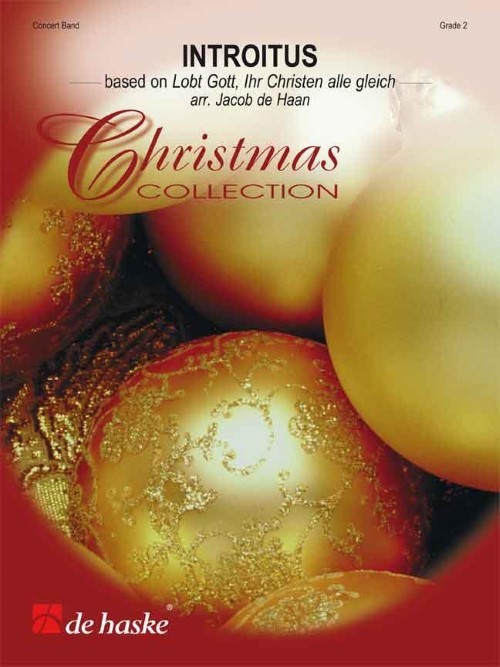 £84.99
£84.99Introitus (SATB Choir with Concert Band - Score and Parts) - De Haan, Jacob
The Latin word "Introitus" means 'entry'. Originally, this was a psalm sung to accompany the entrance of a bishop, priest or celebrant into the church. Later it was incorporated into the mass with alternating sung and spoken text, reflecting the mood of the liturgy. Jacob de Haan's Introitus, in which he has arranged the hymns Puer natus est nobis and Lobt Gott, Ihr Christen alle gleich, is a wonderful introduction to the Christmas season and can be performed with any instrumental combination with mixed choir and organ ad libitum.Duration: 4:00
Estimated dispatch 7-14 working days
-
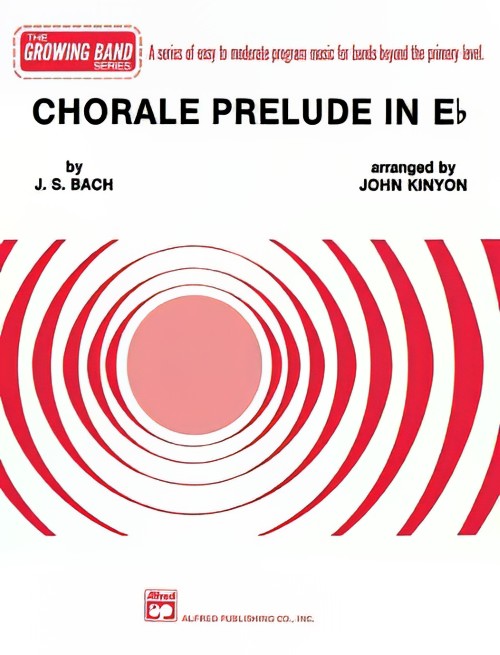 £47.95
£47.95Chorale Prelude in Eb (Concert Band - Score and Parts) - Bach, Johann Sebastian - Kinyon, John
A beautiful arrangement of one of J. S. Bach's most delightful organ works. Perfect for the growing band.
Estimated dispatch 7-14 working days
-
 £49.50
£49.50A Nickelodeon Melodrama
Here's a fun-filled and entertaining selection! A heroic fanfare announces the opening curtain of a musical melodrama right out of the golden age of silent film. The hero, the damsel in distress and their perilous journey all set to well-known musical tunes, with your band replacing the theater organ. It's perfect for featuring your principal or other celebrity as narrator! Use a little creativity and allow your students to play the silent actors and even make their own silent movie. Encourage your audience to hiss, boo and cheer during the unfolding story. Easily rehearsed and fun for all! Your audience and students wont stop talking (and laughing) about this entertaining feature.
Estimated dispatch 7-14 working days
-
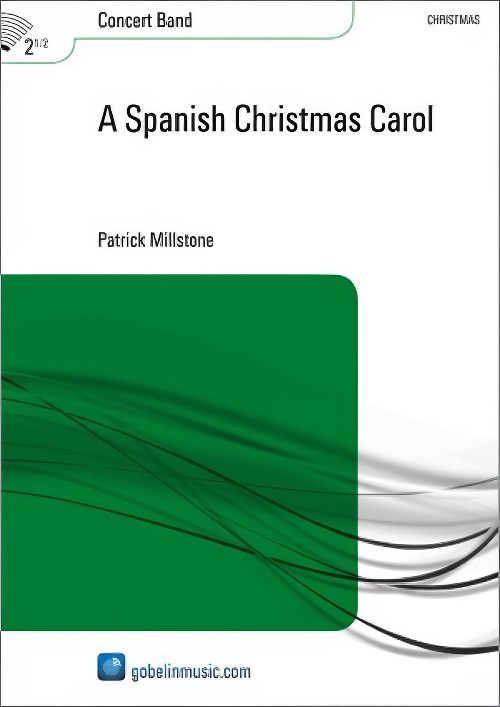 £89.99
£89.99A Spanish Christmas Carol (Concert Band - Score and Parts) - Millstone, Patrick
Rondeau of the Shepherds, so ran the official title of the famous Dutch Christmas carol Midden in de winternacht. In 1948, Dutch poet and writer Harry Prenen wrote this text. The melody is known by the 17th/18th century organ composers of suites Daquin, Balbastre and Dandrieu. Rondeau of the Shepherds is subtitled Catalan Christmas Carol because of its origins in a Spanish (probably Catalan) Christmas song from the late Middle Ages, El Desembre congelat. The motives of this song (shepherds, flutes, drums) demonstrate knowledge of the Bible and give a picture of the late medieval Christmas experience. Perfect as an up-tempo intermezzo in a church service.Duration: 3:00
Estimated dispatch 7-14 working days
-
 £279.99
£279.99Analecta Varia Wind Band Set (Score & Parts)
Harrie Janssen composed Analecta Varia in memory of Henk van Lijnschooten (1928-2006). He has been of great influence on the Dutch music for wind instruments. As a conductor and as a member of the jury, but above all as a prominent composer. Consists of eight sound studies that can also be performed separately. In each part a particular orchestral aspect is the central point. The eight parts 1. Choral: ensemble in monophonic texture. 2. Air: relatively free line patterns combined with a constant pulse. 3. Pavana: constant rhythmicity culminating in an orchestral tutti. 4. Lullaby: dissonant harmony above an organ point in a filigree instrumentation. 5. Chaconne: color and virtuosity combined with a rigid pasacaglian theme. 6. Interlude: antithesis woodwind/brass and followed by a synthesis of the before. 7. Fugue: ensemble in a polyphonic texture. 8. Epilogue: final canto in a preponderating strong dynamic, where a constant euphony has to be pursued. 22:00
Estimated dispatch 7-14 working days
